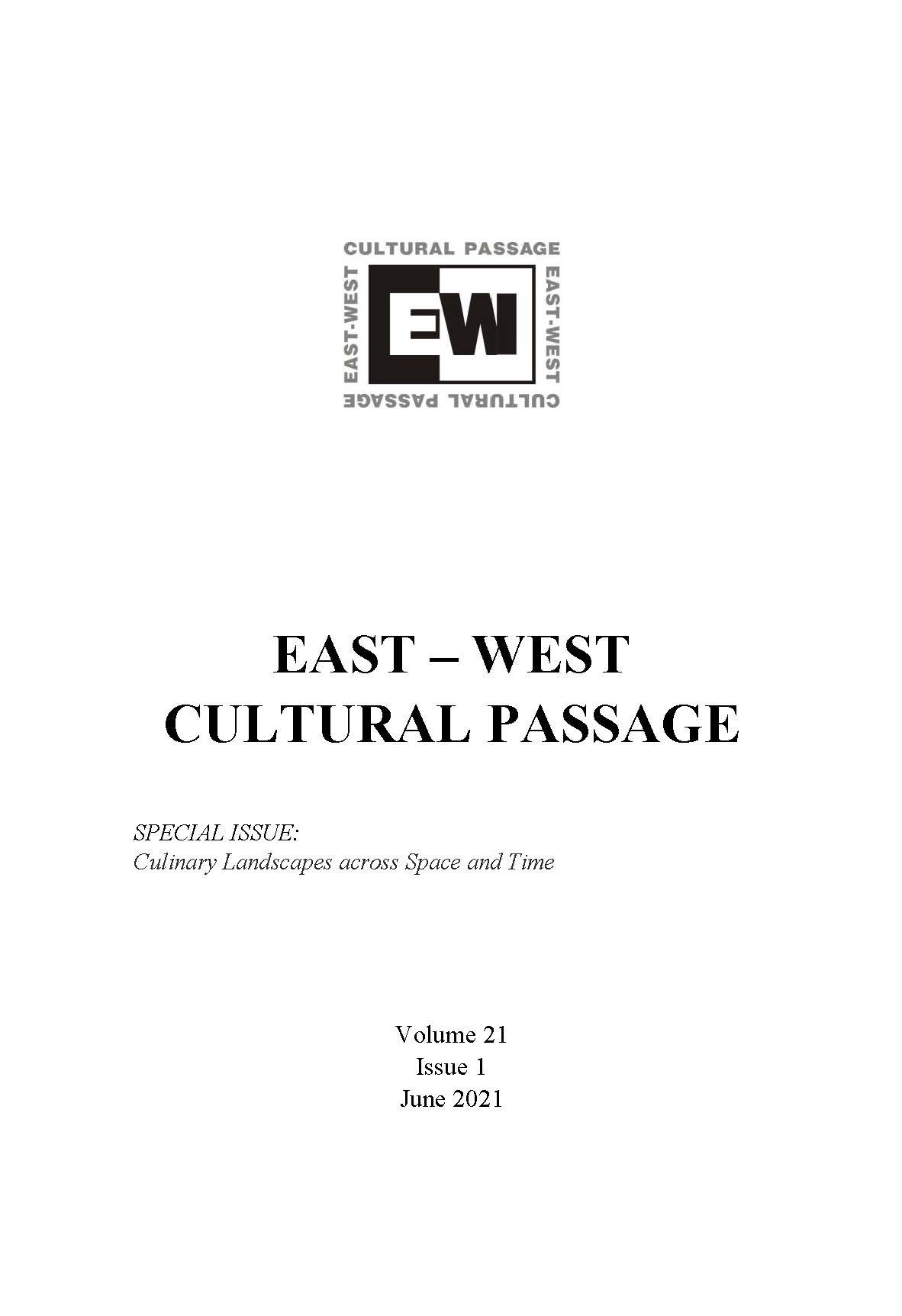Affective Refuge in the Work of Samuel Beckett
Affective Refuge in the Work of Samuel Beckett
Author(s): Andrei-Bogdan PopaSubject(s): Psychology, Comparative Study of Literature, Other Language Literature, British Literature
Published by: Editura Universitatii LUCIAN BLAGA din Sibiu
Keywords: affect theory; mobility; refuge; corporality; spatiality; Cartesian affect; Deleuze studies; Beckett studies;
Summary/Abstract: Drawing upon Sara Ahmed’s “cultural politics of emotion” and Claire Colebrook’s conceptualization of “Cartesian affect,” this article puts forward the notion of affective refuge, a phenomenon which is investigated through an analysis of Samuel Beckett’s Watt, Krapp’s Last Tape and Ohio Impromptu. First, I highlight the opposing perspectives as well the potential common ground between Ahmed’s and Claire Colebrook’s theories in order to argue that the thought of affective refuge might actually be defined as the movement away from seeing affect as that which “make[s] us aware of [our] bodily dwelling” (Ahmed 26) and towards recognizing “the Cartesian moment of … never being proximate to one’s own body,” as understood by Colebrook in her 2020 essay “Cartesian Affect” (442). I then go on to claim that, in Watt, affective refuge emerges as a reaction to fear, as the protagonist strives to process the surfaces of things and bodies around him via elaborate systems of perception, while in Krapp’s Last Tape and Ohio Impromptu, the pain of remorse the characters experience regarding their own grieving practices comes to shatter the remainder of the affective refuge which had unfolded in their relationships to their departed loved ones.
Journal: East-West Cultural Passage
- Issue Year: 21/2021
- Issue No: 1
- Page Range: 110-128
- Page Count: 19
- Language: English
- Content File-PDF

